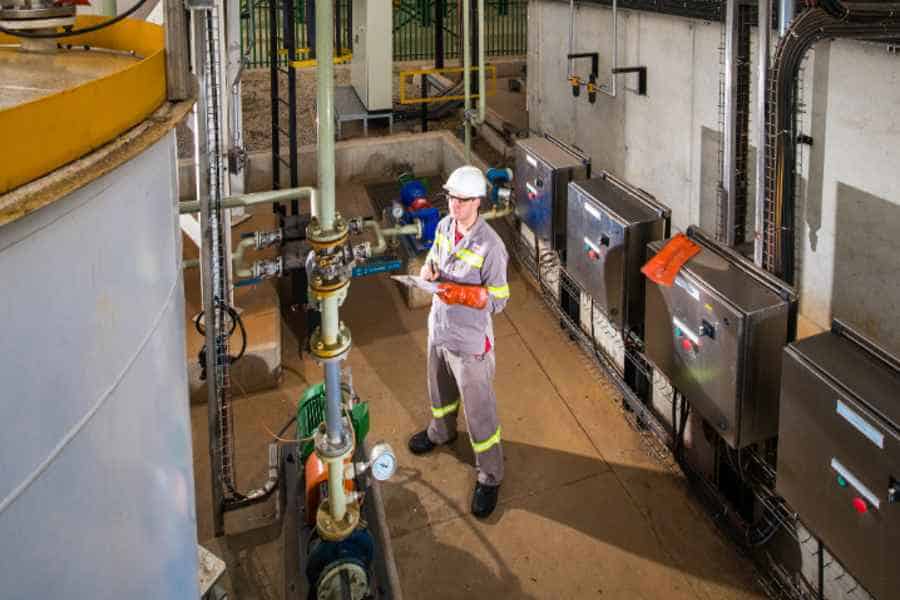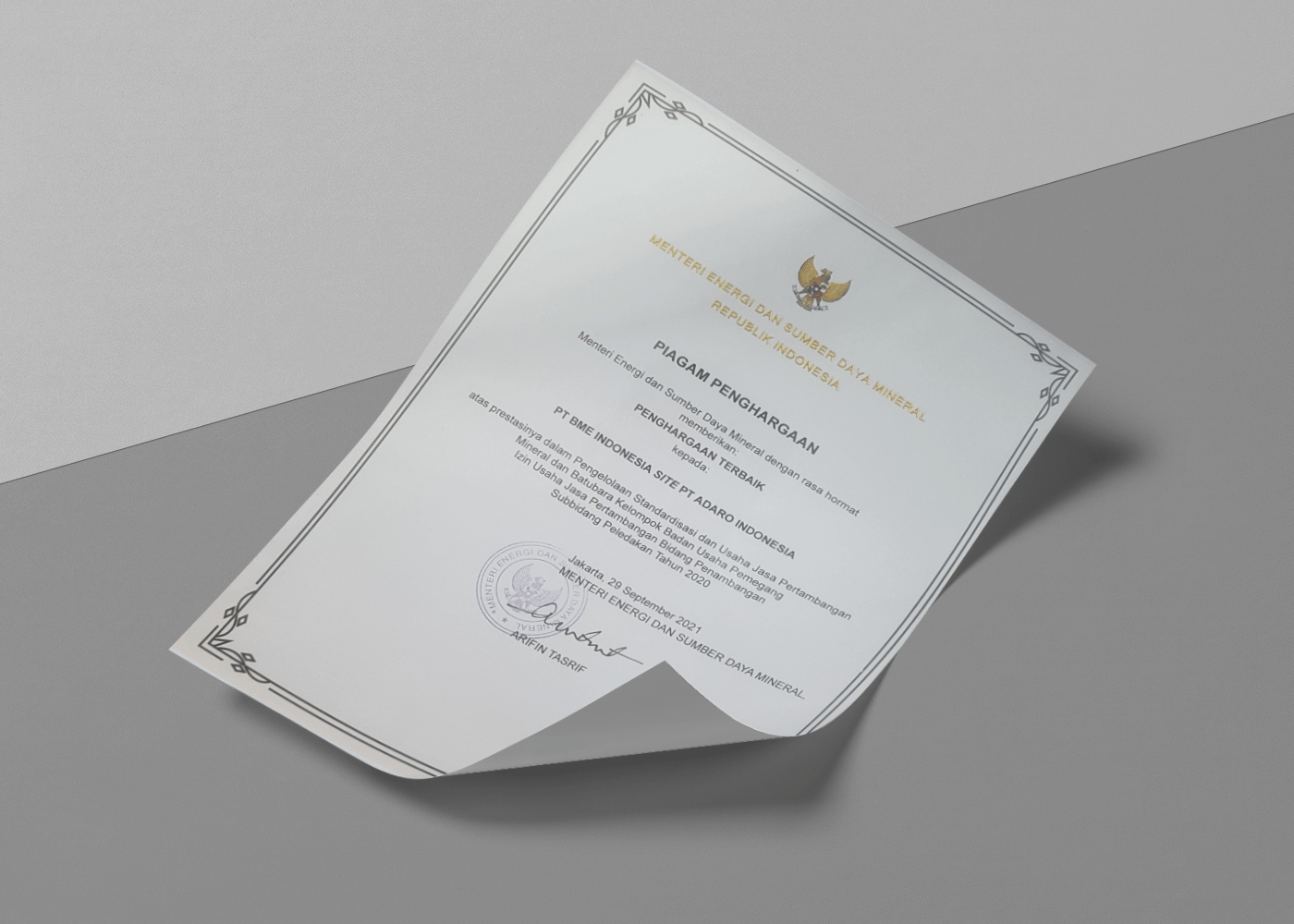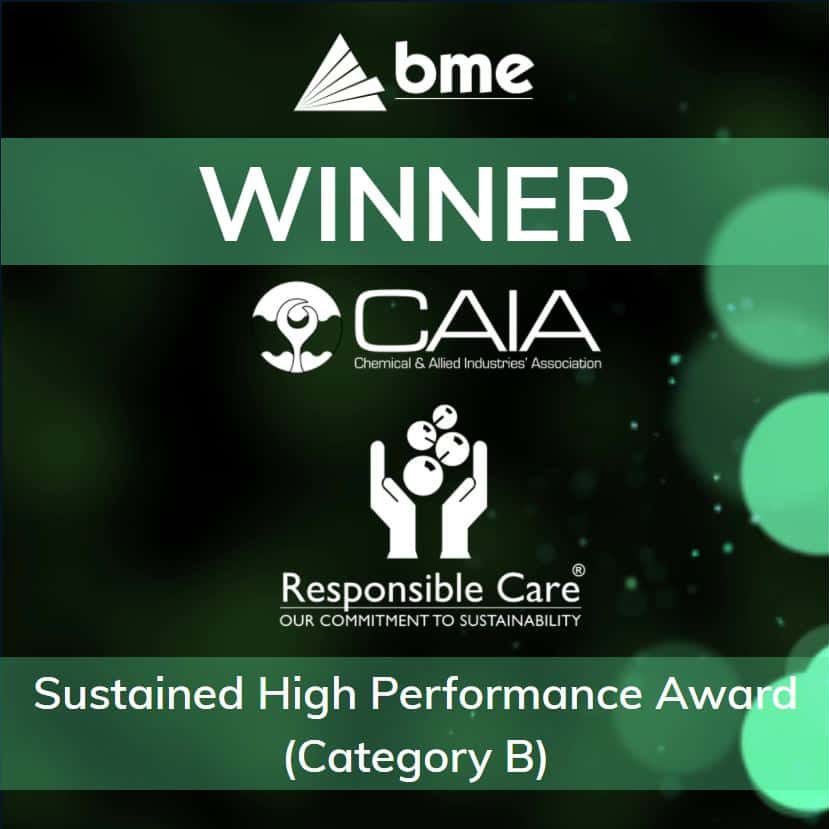South Africa’s ‘pockets of excellence’ need to be carefully protected and nurtured if the country wants to remain a competitive economic player in the global economy, warns futurist and scenario specialist Clem Sunter.
Sunter was talking at explosives leader BME’s popular annual conference in Pretoria recently, where hundreds of blasting professionals had taken a day away from site for another dose of high-value input from local and foreign experts. The event marked a quarter-century since BME launched this highly successful series, and the 25th conference was once again graced by more than its fair share of leading lights.
“South Africa has a number of pockets of excellence that can set us apart,” said Sunter, “but we need to replicate these.”
He was concerned about the state of our universities, and emphasised that they needed to continue providing not just relevant skills but cutting edge technologies that could keep our economy competitive.
His observations meshed well with the earlier comments from BME’s general manager for South Africa, Albie Visser, who had reflected on the pace of technological development in BME – which works closely with universities in its innovation efforts – in just the past five years. The continual upgrading of the AXXIS electronic detonation system, a market-leading technology regarded as the ‘pride of BME’, had just facilitated a record blast at Zambia’s Kansanshi mine with 6,690 detonators.
Along with AXXIS, the company has forged ahead with innovations including equipment and systems to use emulsion explosives underground, the development of a central blasting system, and the evolution of special-purpose mobile applications to improve blast quality.
Visser also made an important branding announcement: that BME’s well-known HEF products were being renamed under the banner of ‘Innovex’ – a strategic move demanded by the company’s steady growth into global markets.
As usual, the day was peppered with well-respected local and foreign names – with insights on issues from safety and measurement of blasts, to reactive ground, fragmentation and open pit wall control.
Conference regular Robert McClure – the US-based president of consultants RA McClure Inc – introduced delegates to three-dimensional surveying for underground blasting operations. In his quest for an easy-to-use solution for underground blast surveying, he had found an answer in the form of a calibrated SLR digital camera, hardware elements for referencing, and software for generating 3-D images. While improving the level of safety in this kind of surveying – as the geologist could remain some distance from the blasted rock face – this system can help optimise future blasts by comparing and analysing ‘before’ and ‘after’ 3-D images of the blast area.
As a long-time pioneer in the application of electronic detonators to modern blasting solutions, BME appropriately included a presentation on this theme. In a case study on the benefits of electronic detonators in achieving better fragmentation, blasting engineer Christo van Zyl reported on how the coal mine dragline operation in the study could save over R600 million a year through the improved blasting accuracy from this technology.
In a similar vein, chartered mining engineer and global blasting expert Tapan Goswami highlighted the value of taking a holistic approach to managing blast outcomes – describing how one of his recent projects had enabled a major Australian coal miner to rescue $1 billion worth of deposit. With the mine facing various challenges – and even considering selling its underperforming dragline – Goswami and his team undertook to help the mine increase dragline dig rates, improve muckpile shaping and reduce dragline walking and stoppage time.
Employing a range of strategies and tools – including the modelling and testing of mock patterns, 3-D modelling and electronic detonation – the project achieved its goals with minimal edge loss and dilution, and coal recovery rose from 74% to 92%. Thirty six strips were mined and the dragline became one of the most efficient ‘old’ machines in the mining group’s fleet.
BME experts at the podium included global product manager for AXXIS Tinus Brits – reporting back on BME’s successful blast trials in the United States – and Victor Krause on the dangers of reactive ground and how BME can help customers overcome these.
BME director of blasting science Tony Rorke ended the day with his practical insights – this time into blast damage control on open pit highwalls.
“Blasting has the potential to severely damage the highwall of an open pit,” he warned, “with serious consequences for the mine’s operation, efficiency and safety.”
He talked about the role and complexities of pre-splitting and trim blasting as strategies to achieve final wall quality, as well as the flexibility that electronic detonators can provide in this process.





